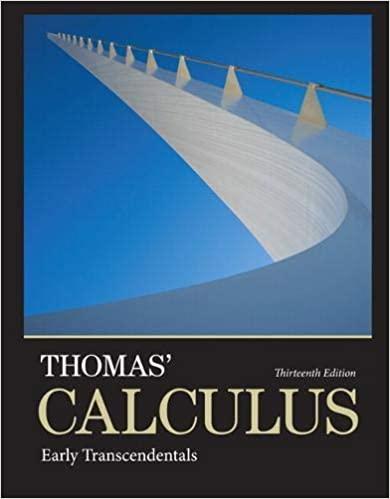In the late 1860s, Adolf Fick, a professor of physiology in the Faculty of Medicine in Wrzberg,
Question:
In the late 1860s, Adolf Fick, a professor of physiology in the Faculty of Medicine in Würzberg, Germany, developed one of the methods we use today for measuring how much blood your heart pumps in a minute. Your cardiac output as you read this sentence is probably about 7 L/min. At rest it is likely to be a bit under 6 L/min. If you are a trained marathon runner running a marathon, your cardiac output can be as high as 30 L/min.
Your cardiac output can be calculated with the formula
where Q is the number of milliliters of CO2 you exhale in a minute and D is the difference between the CO2 concentration (m1/L) in the blood pumped to the lungs and the CO2 concentration in the blood returning from the lungs. With Q = 233 m1/min and D = 97 - 56 = 41 m1/L,
fairly close to the 6 L/min that most people have at basal (resting) conditions. Suppose that when Q = 233 and D = 41, we also know that D is decreasing at the rate of 2 units a minute but that Q remains unchanged. What is happening to the cardiac output?
Step by Step Answer:

Thomas Calculus Early Transcendentals
ISBN: 9780321884077
13th Edition
Authors: Joel R Hass, Christopher E Heil, Maurice D Weir





